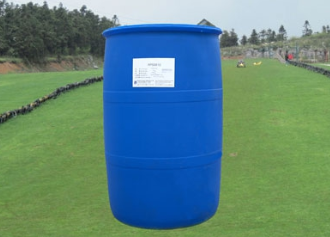Alkyl glycosides have good surface and interface properties. APG is a moisture-absorbing solid, which is generally dissolved in water and difficult to dissolve in some common organic solvents. However, it has good solubility and surface activity in acid solution, and its solubility and surface activity in alkali solution are more prominent than other non-ionic surfactants. When in use, it can be prepared into a stable inorganic salt active solution with a concentration of 20% ~ 30%.

Alkyl glycosides are non-toxic and have high hemolytic activity. Experiments show that they have higher adsorption and permeability to biofilm than polyoxyethylene non-ionic surfactants. They can be used to change the pharmacokinetic process and improve the percutaneous absorption of effective substances.
The decontamination ability of surfactant changes with the change of ion type, washing condition and dirt type. The sebum dirt on polyester cotton is sensitive to non-ionic detergent. The decontamination ability of APG is equivalent to that of fatty alcohol polyoxyethylene ether sodium sulfate (AES), and is better than that of straight chain sodium alkyl sulfonate (LAS), sodium alkyl sulfonate (as) and sodium secondary alkyl sulfonate (SAS).
The basic feature of surfactants is that they can significantly reduce the surface tension of solvents. Generally, alkyl glycosides with alkyl carbon chain length greater than 8 carbons have surface activity and critical micelle concentration (CMC). With the growth of alkyl carbon chain, the surface tension of alkyl glycosides decreases significantly, and the cmc value also decreases, indicating that their activity is significantly improved. By comparing alkyl glycosides with polyoxyalkylene fatty alcohol (LAE) and sodium linear alkylbenzene sulfonate (LAS), as shown in Table 3, it can be seen that the cmc value of 12 carbon alkyl glycosides is low, indicating that they have good surface and interface properties.
The strength of antibacterial activity is generally expressed by the minimum inhibitory bacteria concentration (MIC). The smaller the mic value, the stronger the antibacterial activity. The results show that alkyl glycosides have broad-spectrum antibacterial properties compared with polyoxyethylene ether (c12eo9). The mic (LG / ml) of c12eo9 to Staphylococcus aureus is 100 and the MIC of twelve carbon alkyl glycosides to Staphylococcus aureus is 10, indicating that alkyl glycosides have strong antibacterial properties.